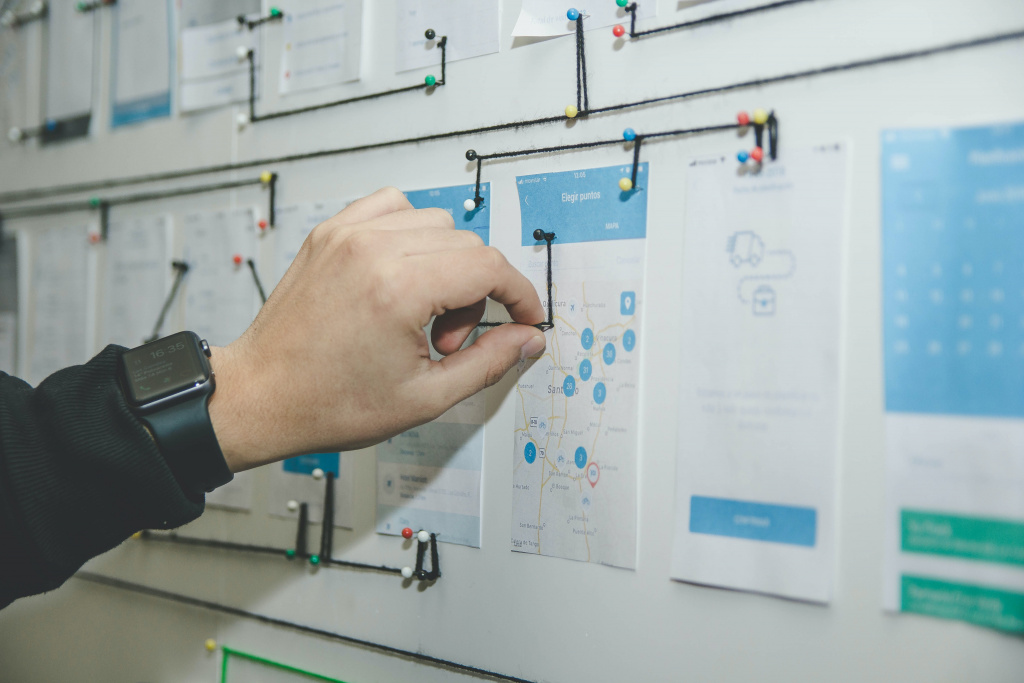About us
The Consortium

PHOTORAMA’s objectives will be carried out by an interdisciplinary team of 12 partners composed of several stakeholders from the PV End of Life (EoL) value chain from all over the EU.
Click on our partner’s logo to find out more about what they bring to the project!
Work Packages
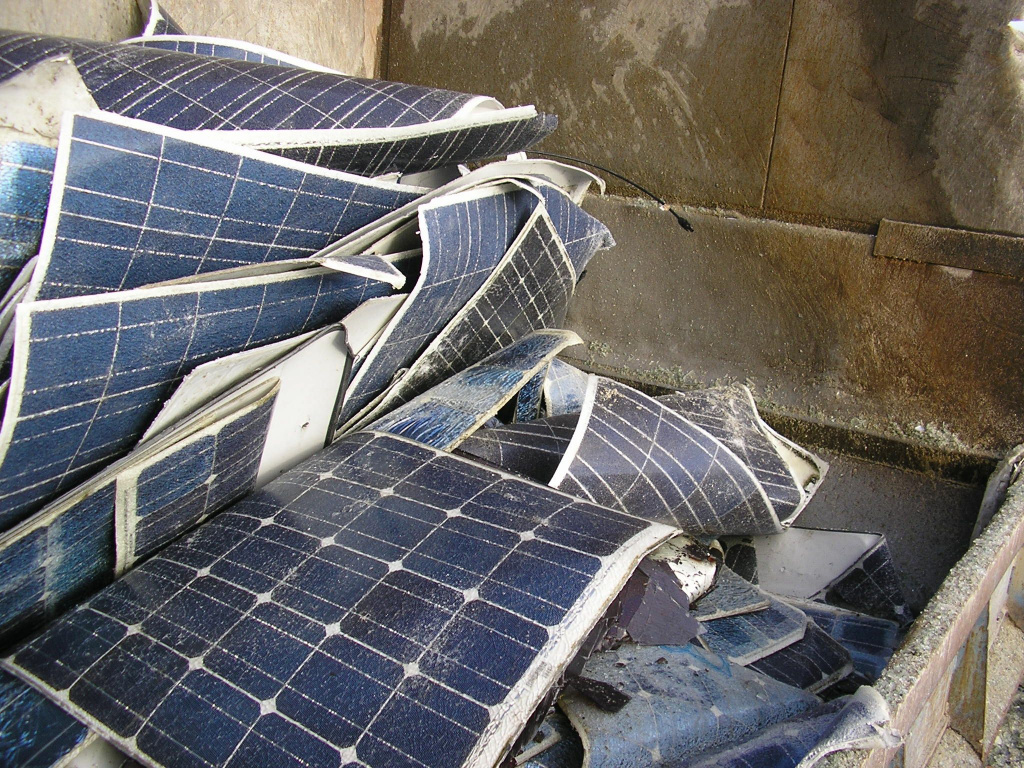
1. PHOTORAMA Pilot Line – Wastes collection, panels disassembling, Pilot Line qualification
The main objective of this work package is to construct, qualify and demonstrate an innovative PHOTORAMA Pilot Line in a full industrial environment that will set the structure to process much larger amounts of PV wastes than currently possible.
2. Delamination: Enabling high added value from module separation
In this work package, we will develop and scale up innovative and cost-effective delamination units for both c-Si and CI(G)S PV panels. The delamination unit is the second processing step in the Pilot Line, receiving PV sheets/sandwiches from the disassembly unit as inputs and outputting glass, polymers (backsheet, EVA) and cells fraction for further processing in WP3 and WP4 before reuse. Major efforts will be made to achieve complete layer separation of PV sheets/sandwiches while avoiding materials cross-contamination to supply the highest possible added value for secondary raw materials (RM) (purity grade). Two complementary technologies will be developed for c-Si PV panels: (1) mechanical delamination by using diamond wire cutting process; and (2) fluid delamination by applying CO2 at supercritical state (SCCO2). CI(G)S modules will be separated by an (3) optical delamination process using a flashlight.
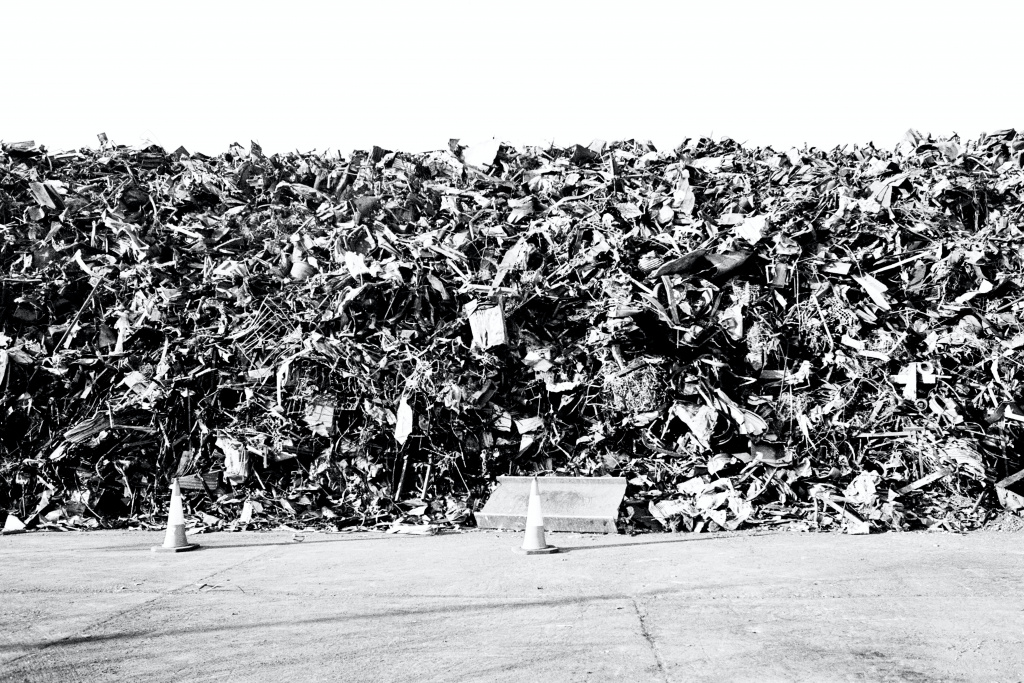
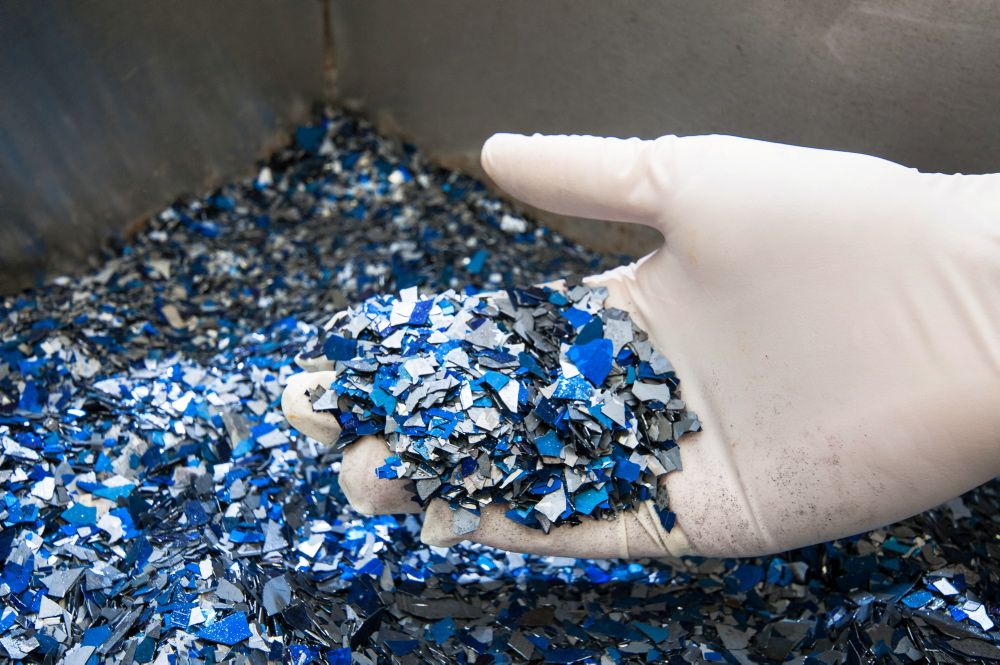
3. Metals recovery from c-Si and CI(G)S waste
The activities of this third work package will focus on the development of metal extraction from the fractions supplied by the elimination activities. It will focus on optimizing and validating the innovative Ionic Liquid extraction and electrowinning processes to design the unit to be included in the Pilot Line to recover Ag and Si. In addition, the third work package will ensure the recovery of In and Ga from CI(G)S solar cells. The objective of this work package is also to provide the necessary amount of secondary RM (Ag, Si, In, Ga) to start the development of new products for the fourth work package.
Photo credits: Thomas Raupach
4. Make PV industry circular: reuse of recycled materials as new products
The main objective of this fourth work package is to demonstrate the full circularity approach of PHOTORAMA by re-injecting secondary RM products and components in the value chain. In order to close the loop by transforming waste into new products, all fractions of PV EoL components will be either directly re-used, recycled to make new PV panels or new products for other industries. To do so we will focus on (1) the characterization of secondary RM; (2) the process development to manufacture the new secondary RM-based components/products; (3) the components/products testing in industrially relevant environment and (4) the design and edition of component specifications based on secondary RM (eco-design).
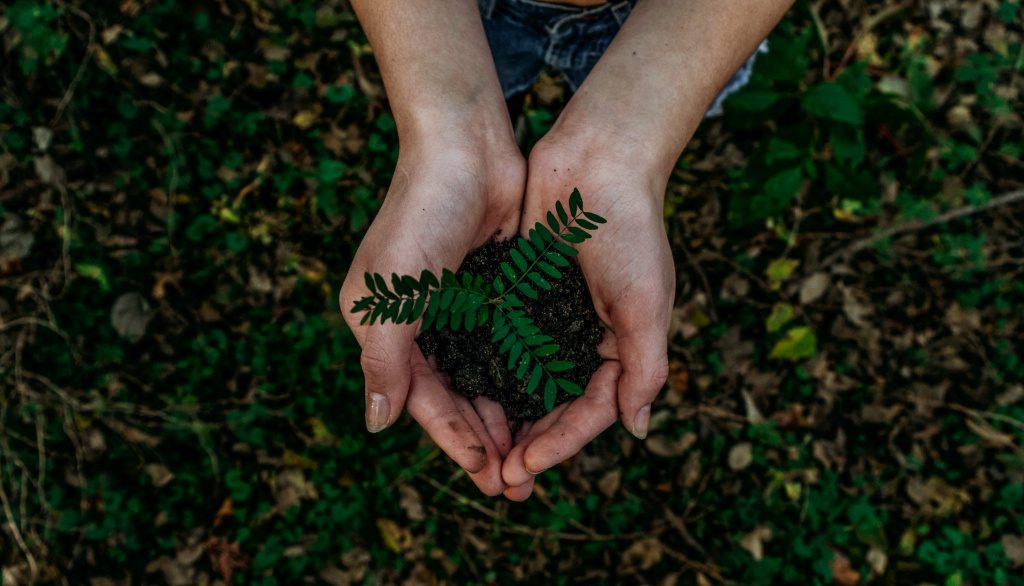
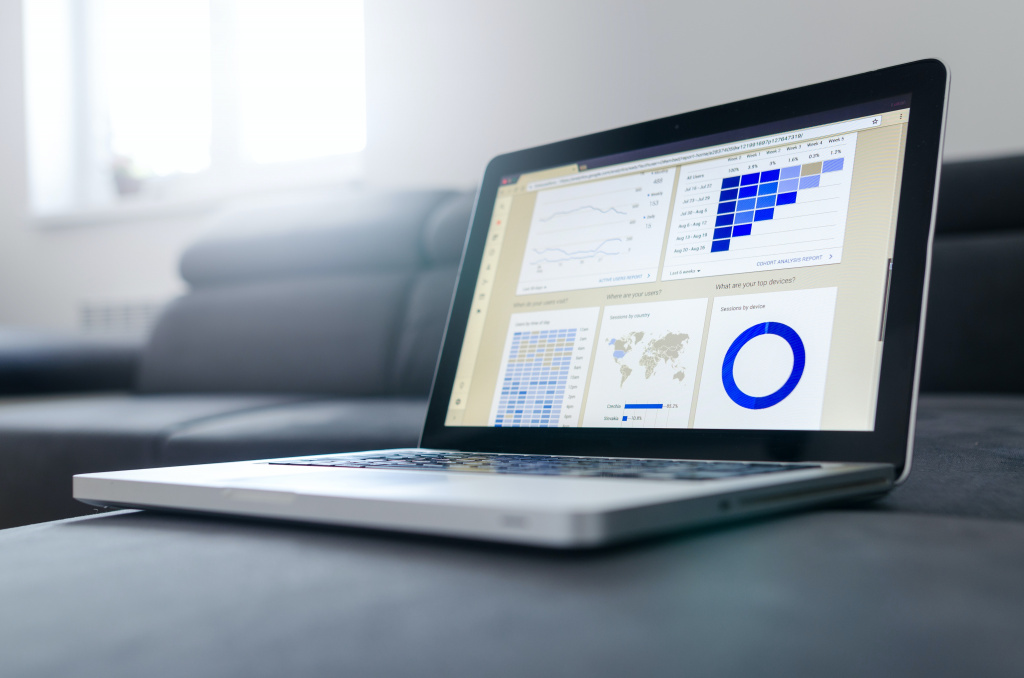
5. Techno-economical, environmental and social assessments
Work package 5 is dedicated to the social and techno-economical, environmental Life Cycle assessments of the PHOTORAMA Pilot Line. The main objectives are to 1) collect and assess information and inputs from stakeholder groups /users via a survey and co-creation workshops; raising awareness and acceptance of the project and the technical solutions 2) define techno-economic benchmark scenario, measure progress against benchmark and proposal data, 3) prepare guidance documents for Life Cycle Assessment (LCA), Life Cycle Cost (LCC) and Eco-efficiency including benchmark scenarios, 4) provide Life Cycle Inventory (LCI) for public database and Raw Materials Information System (RMIS) considering carefully intellectual property protection and exploitation opportunities, 5) collect waste stream and market data, measure achievement of improved circularity, 6) classify wastes and assess end of waste criteria, criticality and conflict materials for mitigation measure, 7) address potential REACH72 topics including health and safety aspects, 8) perform social LCA, with stakeholder interviews and 2 workshops, develop instruments to achieve excellent acceptance
6. Social awareness, dissemination and clustering
The purpose of the work package is to design and implement a strategy for social awareness and the dissemination activities carried out by the consortium. The primary objective to support sustainable uptake of project results by end-users. Target user groups will be identified and ways to reach out to them will be developed. The role of Dissemination and Communication activities is to broaden PHOTORAMA impacts, by raising awareness on the project results among relevant stakeholders and wider public. The methodology will consist of working in parallel on dissemination and exploitation. All the routes to establish the innovative technologies as key technologies in Europe at short term will be investigated.
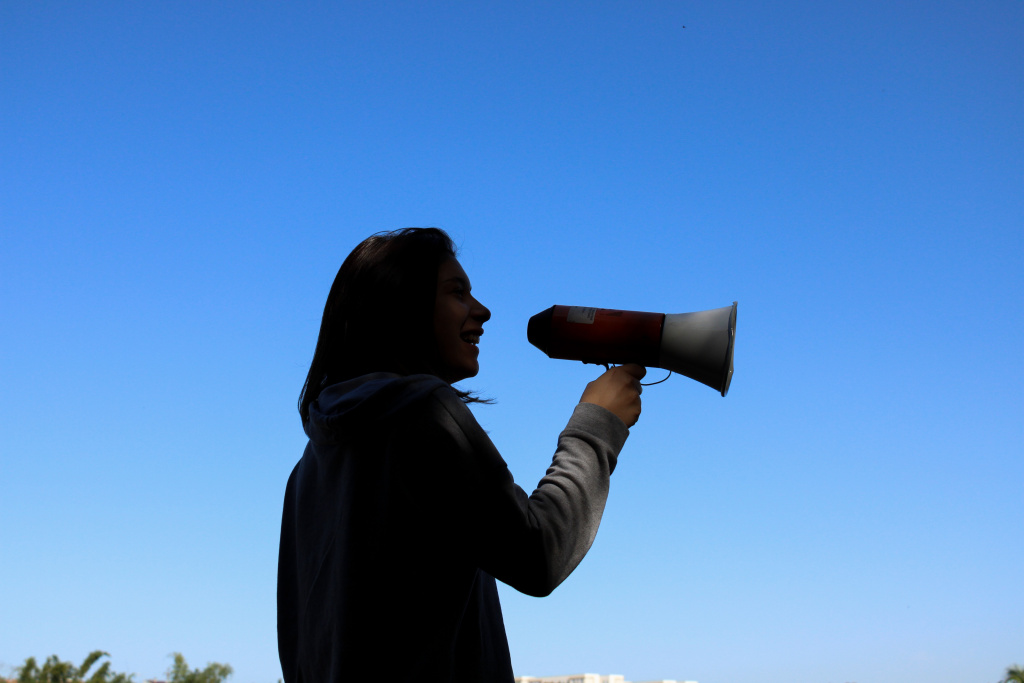
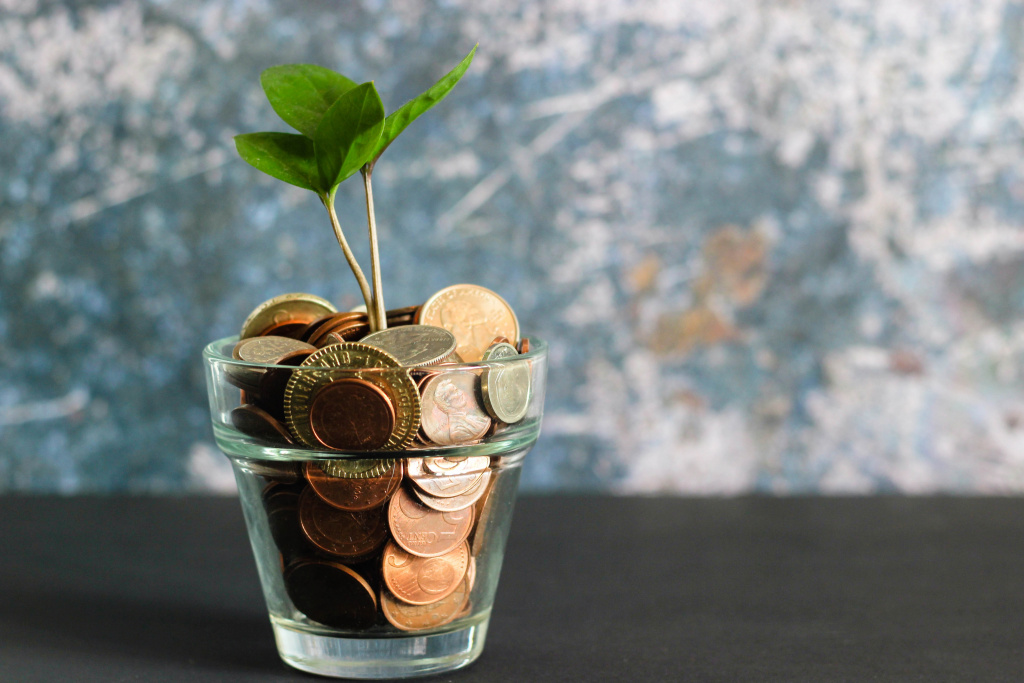
7. Business plan and exploitation
The main goal is to ensure that PHOTORAMA’s outcomes are widely exploited and replicated during the project execution and beyond. Specific Objectives:
- Identification of the target groups, the business opportunities and the exploitation strategy to set up exploitation plans, identifying actions, responsible partners and timing,
- Identification of Intellectual Property Rights (IPR) management,
- Updates of market and legislative data,
- Cost analysis of technical results
- Eco-efficiency assessment to promote economic and environmentally friendly route at mid-term and project end,
- Regular updates of business strategy and plan,
- Identification of funding and financing opportunities to support the project replication.
8. Project management
This WP is dedicated to administrative, financial, strategic and internal coordination of the project, according to the H2020 procedures. The main goal is to effectively manage PHOTORAMA in order to ensure successful completion of the scientific and technological objectives within the planned timing and budget in line with H2020 requirements.
